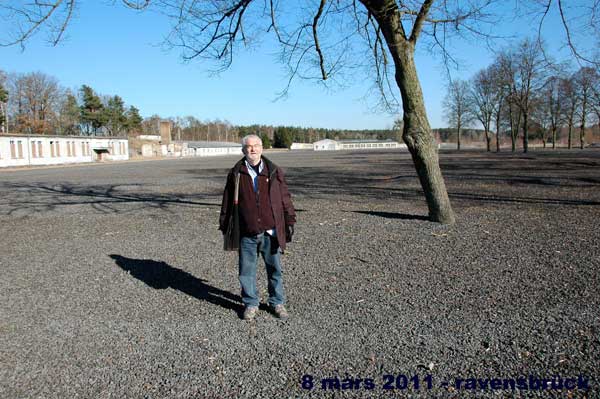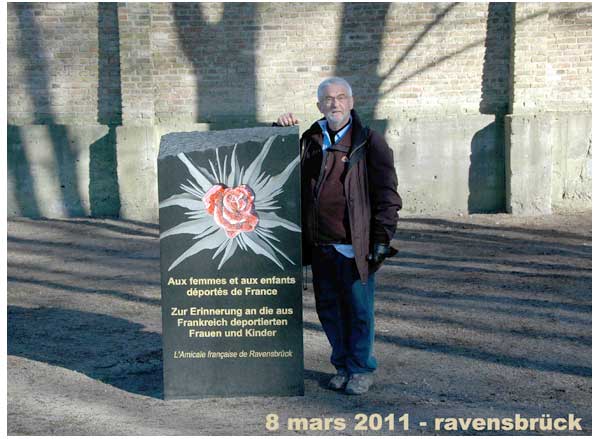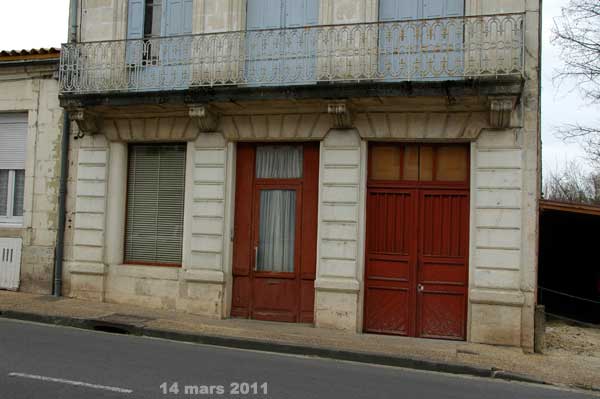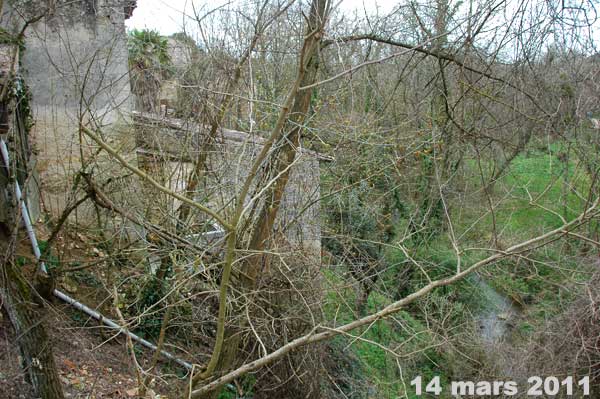Le fichier va se charger dans quelques instants
Si le fichier ne se charge pas, cliquez sur ce lien
![]() 25 Ko
25 Ko
Cet article a été composé à la fin des années 1990 sur l'ordinateur du Dr Hélène le Guern, à La Forêt-Fouesnant. J'ignore s'il a été publié.
Lire aussi: le Halley Project en Europe de l'Est
RADIOLOGY IN EASTERN EUROP
Jean-François MOREAU, M.D., Hy F.A.C.R., Olivier HELENON, M.D.
Département de Radiologie, Hôpital Necker, Paris
Since W.C. ROENTGEN discovered X-rays in 1895, the growth of radiology in Eastern Europ along the XXth Century has differed from that of the Western World because of the marxist-leninist revolution which developed respectively in 1917 in Russia (Union of the Socialist Soviet Republics) and after the Yalta and Postdam Treaties ending World War II in between 1945 and 1949 in the countries of mid-Europ.
The current status of medical imaging in Eastern Europ must take into account the heritage of the social welfares inserted in the marxist philosophy and their political applications in the countries linked by the Warsaw Treaty signed in 1955. The state-of-the art of the medical imaging human resources and the technological wards differs in the former USSR countries from the Mid-European Block (former DDR, Poland, Czechoslovakia, Hungary, Romania, Bulgaria) and Yugoslavia. There are no more marxist systems at the east of the Oder-Neisse borderline since the collapse of the Berlin Wall and the explosion of the USSR into a dozen of independant republics, dominated by Russia and Ukrain which have more or less adopted capitalistic and liberal trends.
1. THE MARXIST HERITAGE
1.1. In the former USSR
After the revolution of 1917, the marxist-leninism put an emphasis on preventive medicine and a break on curative medicine. The Russians did not invest in modern technologies for the improvement of the populations healths. There are no legendary Russian pionneers in the history of radiology. They did not invent other substitutive technologies. Save the major hopitals welcoming the "nomenclatura" and the "apparatchiks", the human resources were underdeveloped and a very few professors of radiology taught in the universities. Most of the radiologists working on the track were technologists more than doctors. After World War II, roengenology was inhibited by a lack of technological investments and resulted mostly on fluoroscopy with a trivial use of contrast media and films. When medical applications of the artificial radioactivity entered medicine, the Russians developed isotopic scintigraphy and nuclear medicine.
In the late 70ies, the Russians were interested neither in CT scanning nor amazingly in ultrasonography but were skilled in the theory of MRI. The only historical breakthrough in Russia was made by Serbinenko who invented the embolization of blood vessels by detachable balloons; he inspired the Franco-American neuroradiologist Gerard Debrun to develop the treatment of brain vascular lesions by interventional arteriography.
After Gorbachov resigned in 1990, the situationship was very poor : lack of competent human resources, no technological implementation in the public hospitals, no private institutions, no budget, no money, no educational programs, no ethics, lack of cultural exchanges with the Western radiology. All had to be built.
1.2. In the "Democratic Republics" of Mid-Eastern Europ
Before World War II, many of those countries participated actively in the development of radiology. They were more or less influenced by the Germano-Austrian (Hungary, Czechoslovakia) and the French (Romania, Poland, Bulgaria) radiology. The populations had a good standard of life enabling the development of both academic and private radiologies. World War II destroyed a huge number of facilities, especially in Poland and in DDR.
Czecoslovakia in 1949 was the last country which got into communism. The so-called Democratic Republics cut off drastically the development of medical imaging. Moreover, after the Iron Curtain was established between the East and the West, they experienced sequential clandestine or official brain-drains toward Europ and Nothern America. Despite those negative effects, the situationship of the Eastern radiology was less desperate than that of the USSR. Even weak, cultural and technical links were maintained between Polish, Hungarian, Czech and Western radiologists. They were facilitated by a fluent practice of the three major languages spoken in the continent : english , french and german. However, if the leaders were educated for a fast adaptation to an undefinite post-marxist medical approach, the gap was enormous at the level of the basic radiology. The poorest country was the marxist maoist Albania which did not invest at all in medicine for five decades. Conversely, Slovenia, Croatia and Serbia which were the Northern Republics of the rather independant marxist-titist Federation of Yugoslavia were more like their cousins of Central Europ.
2. AFTER THE BERLIN WALL'S COLLAPSE
The sudden premature collapse of the Berlin's Wall, happening after the unsuccessful Gorbachov's "perestroika" , led the Eastern Europ to face anarchical stages during when the populations and their governments were unable to control anything, then obviously their Social Welfares. Whatever the countries and their backgrounds, the cycle has been : the industry first, the academics afterwards, and the political regulations undefinitely later on.
Medical imaging is supported by strong industries which almost all are settled in the Western World. The industries aim to catch market shares are quickly as possible. Since no rules were edicted before the market opened and this market had to merge from nothing, the newly independant countries were invaded by two kinds of investors. The well organized industry has mandated their international staffs to open local branches and to sale actively their equipements even though the local governements were unable to have stable finances and accurated payments. The existing wards were equipped with oddments, new others have opened with heterogeneous devices. A second source of equipements has been fed by generous donations from the national diasporas mostly from the United States. Subsidiarily, the contrast media industry entered the competition and the others firms trading catheters, films etc... did similarly. American, German and Japanese technologies are the biggest challengers within a market which has not produced national manufactures yet and cannot pay with reliable currencies as well.
By less than a decade, almost all newly independant countries have improved or have created medical imaging sections through massive purchases and donations. Educational programs proceeded much slower and weaker. The most active institutions sponsoring those programs have been either big scientific societies (European Association of Radiology, World Federation of Ultrasound in Medicine and Biology...), or major European and American Universities (Collège des Enseignants de Radiologie de France, Harvard University, University of California...) or industries venturing with academic people (Nycer Program, ESDIR courses, Halley Project...). Educational grants and fellowships for scholars and students are increasing. Money comes from both governmental and non governmental institutions. A percentage of the Western pension funds are feeding some initiatives, such as the ultrasound teaching centers sponsored by WFUMB and funded by the Soros group. National and international congresses of medical imaging branches are going to be common in the major countries, e.g. Czech Republic, Hungary, Poland...
The current handicap for the harmonious growth of medical imaging in Eastern Europ is the lack a maturity of the social welfare systems. The fully-liberal market induces side-effects hampering the ediction of an ubiquitous ethical approach of medical imaging in merging countries. The risk is a technological gap between the public social system and the private practice ; the irrational development of "mafias" coexists with the medical black market..
3. RADIOLOGY OF THE IIIrd MILLENIUM IN EASTERN EUROP
The most optimistic hypothesis is based on the integration of a majority of countries in the European Community, because the national communities may rely on a common paradigm promoting the modern medical ethical rules evaluating of the good medical practice and accrediting individuals and institutions. In such an hypothesis, a government has to define and schedule equipment plants, academic and educational programs with taylored CMEs, rules and regulations of the medical practice, financial budgeting for payments. Those goals rely on political stability and social peace.
3.1. The former Deutsch Democratik-Republik (DDR) has followed a genuine path since it integrated the rich and powerful Republic of Germany. It has become a new "Lander" adopting the German standards of life with the support of this Western brothers.
3.2. Hungary, Poland, Czech Republic are the leading countries. Their standards are closer and closer to those of the developing Western countries. The human resources maturate positively when there is a good interactivity with the Westerners. The ratios of equipements are reasonably ambitious. The integration of these countries in the E.C. is scheduled in the earliest years of the next decade since their national gross products are raising those of their Western neighbours; this should lead their respective governments to fix the goals in medical imaging according to the Brussels Commission standards. Diasporas toward the USA, France, Germany... should develop parallely if the countries cannot offer positions locally to the students they have educated. The most outgoing radiologists should be welcome to supplement the restricted Western resources resulting from a long drastic cut-off in health care budgets and/or numerus clausus. Such an emigration will be easier when the diplomas are valid in all countries and because of the capacity of people from Central Europ to learn foreign languages easily. By an undefinite future, Romanians, Bulgarians, Slovaks, Croats, Serbs, Slovenes, Balts... should follow those advanced leaders.
3.3. The former Soviet Union poses different problems, since Russia is the biggest country and is facing an ectic follow-up. Until now, trading with the new republics is mostly based on swaps. The Russian language is not spoken in the Western Europ nor in the United States. The integration of the republics within the E.C. is not included in the international politics for those which belong to the European continent (Bielorussia, Moldavia, Ukraine...). The Caucasian republics (Armenia, Georgia, Azerbaidjan, Kazakstan...) ) are located in Asia. Russia has most of the population in its European part but most of its land is in Asia. There is no actual trend to boost them into the E.C. It is likely that a gentleman agreement between the USA and the EC to cooperate for the Russian development is the only chance positive of development if no civil wars do not happened.
In those countries, the politics for the development of medical imaging has to cover the human resources as well as the equipements, from the basics to the elite. Because of the lack of modern regulation of the health care expenses in Russia and the local atrophy of the medical ethics prevailing in the Western world, the temptation might be a transfer of a big lot of research and development to the former Soviet Union. Excellent universities may welcome advanced research and development MR projects, unacceptable for the FDA and the similar European Agencies. In such a case, the Russian medical imaging has a promising future but, since there is no stability in the political system there, protests from the Human Rights defenders might burden an outgoing industry. Several republics of this group are rich because of their oil and mineral reserves. If their unspoiled neighbors do not feel frustrated and remain peaceful, one could bet that medical imaging might be boosted during the next decades.
3.4. Desperate countries like Albania, Moldavia, non-oil producer Caucasian Republics..., are so poor and troublesome that nobody knows how and why medical imaging has to develop. Their medical situationships are closer to those of many underdeveloping African countries. International assistance is developing.
CONCLUSION : The Eastern Europ has become a merging market encompassing several hundred of millions of individuals having rather low incomes yet and facing a big lot of political and socio-economical heterogeneity for a long while.. Some countries have an obvious future of inclusion in the European Community and will develop medical systems similar to that of the leading countries. The others countries have to invent their future in a genuine system for at least a long while. They are a laboratory for experiencing new methods of regulation of health care politics.
A RAVENSBRÜCK


LA PHARMACIE DE MARGUERITTE CHABIRON
A VERDELAIS ETAIT DANS CET IMMEUBLE

LES RESISTANTES S'ENFUIRENT PAR LE JARDIN A PIC

